
Kill the Product: 3 Ways Great Product Managers “Flip the Boat”
A few weeks ago, I went whitewater rafting on the Nile in Uganda. My crew was given a choice of “wild or mild”. Our crew of nine, led by our master oarsman and rafting guide Jeff, chose wild.
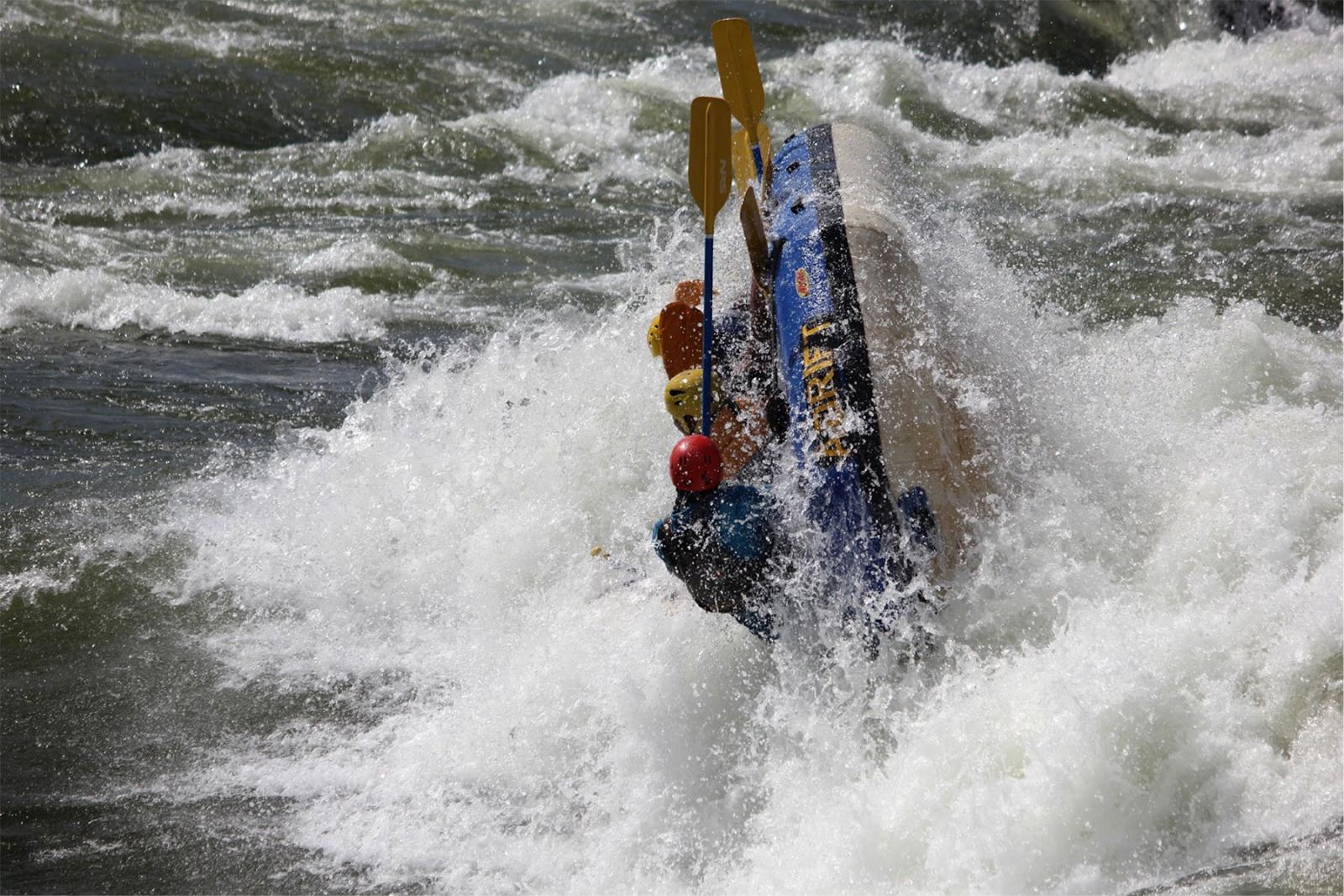
While on this 16km ride down the Nile, we experienced many risky situations, including dangling dangerously off the side of the boat and getting tossed from the raft while white water rushed in. Throughout the ride, Jeff was an extremely patient and conscientious leader.
Under pressure, Jeff acted with great resolve in determining when to stay the course, when to paddle slow and hard, when to change direction, and when to flip the boat. In situations where it would have been dangerous to remain inside, he methodically flipped the boat, avoiding dangerous rapids and safely steering our experience.
Jeff is a natural product manager. “Remaining in the boat” is a tactic often employed by product companies whose product managers lack the courage to “flip the boat,” and kill products that have outlived their purpose for the organization. All products have a measurable life-cycle. Digital disruption across the globe is forcing faster cycles of product obsolescence, making the act of “flipping the boat” or killing a product before it's too late increasingly important.
Great product managers know when and how to kill a product, or when an idea emerges that takes advantage of the next wave. Great product managers avoid being swept away by currents that they don’t fully fathom. Here’s what I learned about killing a product when our boat was flipped on river Nile.
Lesson #1: Trust Your Data and Verify Repeatedly
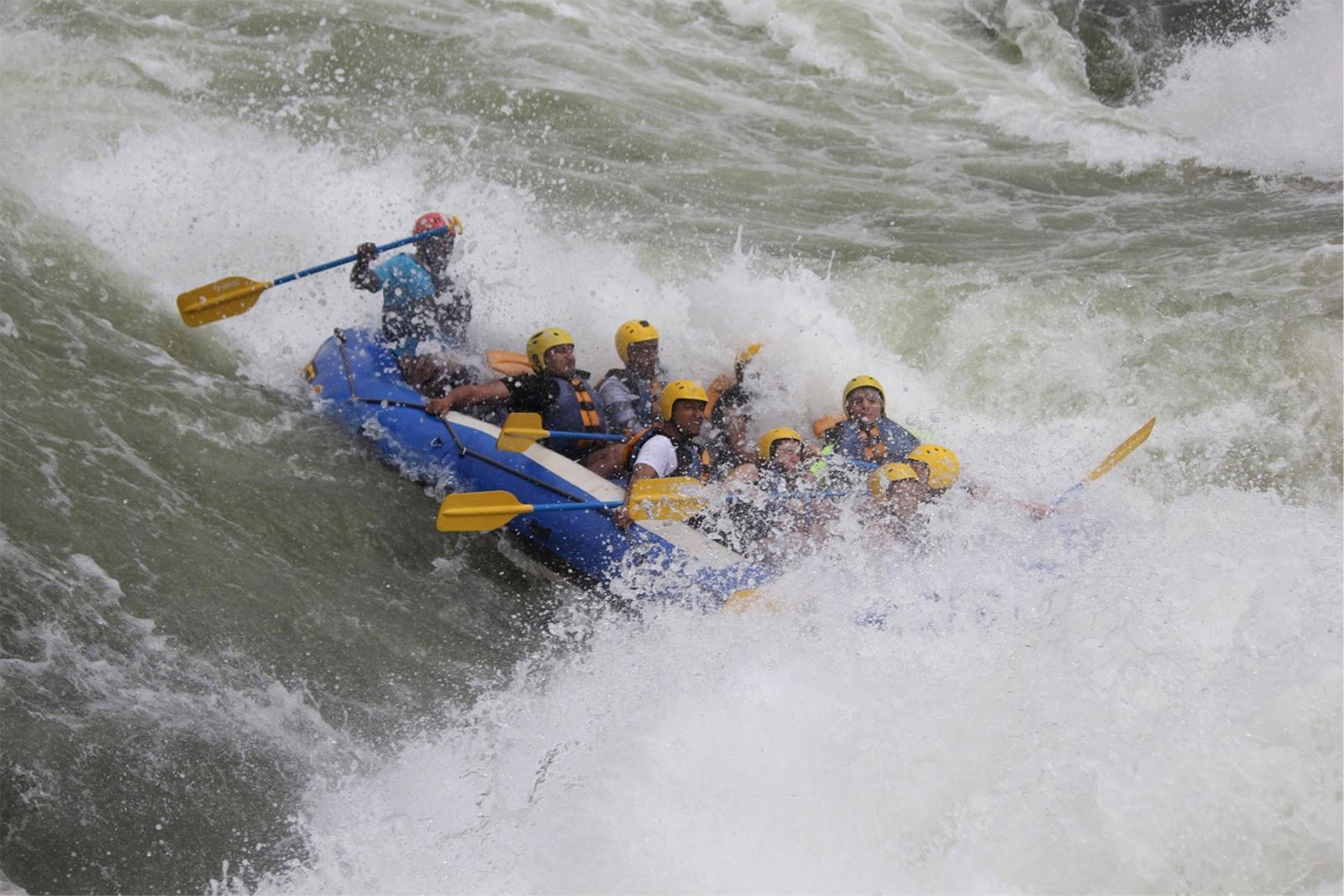
Throughout our trip, our team’s plan of attack was clear. We tackled eight sections of rapids, four before lunch and four after. Before each section, Jeff outlined our brief strategy for the rapids: how fast each current was, which one had the trickiest swirl, and what we had to do to cross each one. Though I’m sure we’d all consider ourselves to be thorough risk assessors, in this situation, we trusted and followed the instructions provided to us by our more experienced guide. He also warned us about potential dangers. For instance, a bad thunderstorm was forecast for noon. Jeff made sure we paddled hard to reach the lunch stop before the storm hit, so that we would be out of the river during the worst.
Most of the time, sunsetting a product is a financial decision, driven by marginal analysis: the existing customer base is dwindling, the cost of supporting the product is too high compared to the expected return, competitors have launched new products eating away market share, etc.
It’s important to trust the story your data is telling you and ignore any bias. Your decision should be backed by well-understood data gathered by an expert team and verified by different groups within the enterprise. Data captures stories and experiences over many years, like the collection of experiences our guide had accumulated.
37 Signals, the company behind Basecamp, is extremely good at killing products from its portfolio. They recognize when data indicates their margins may take a hit, competing with the likes of Microsoft and Yahoo, and choose to move on to new, more innovative ventures.
Lesson #2: Do a Dry Run With All Your Stakeholders
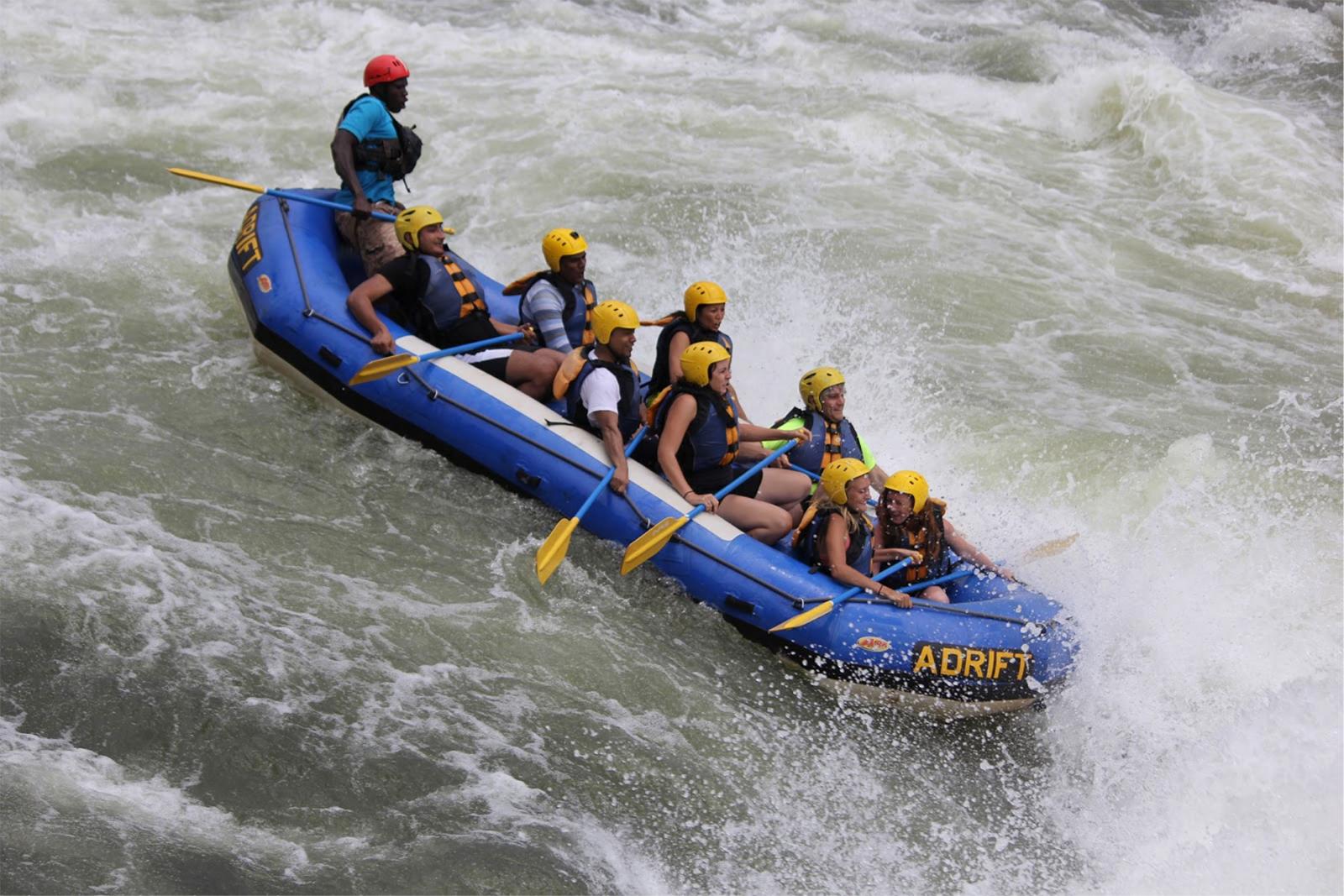
Our white water journey began in calm waters with a test. With no prior notice, Jeff turned the boat over on itself. I found myself under the raft with a sliver of air and no oar. Even in calm waters, panic set in. I quickly swam out from under the raft and learned my lesson.
Learning how to cope with a “flipped raft” in a safe environment assuaged my concerns of possibly flipping the boat in more severe rapids. Responsible product managers will do the same. They put their teams, and product users, through a dry run to expose fears and risks of killing a product, without actually doing so. A product in an enterprise usually involves people from different departments and bringing everyone together to make everyone aware of the decision is essential. Stakeholders, both internal and external, will learn what life looks like beyond the product in front of them and make necessary preparations for the future. The dry run could be a simple message to the right people or could be an elaborate event to assess the ramifications of closing the product.
We lost one of our rafting team members while we were wrangling a rapid. She was tossed from the boat without an oar. Luckily, we found her quickly 40 feet away, floating in the white waters. Thanks to our training before, everyone acted in tandem and we were able to get her back on the raft in less than five minutes.
Three months before its planned close, Google announced the demise of its RSS feed aggregator, Google Reader. Learning from customer feedback, Google minimized the inconvenience by recommending alternate ways to export Reader data into similar products, such as Feedly.
Google now regularly employs this strategy: informing users the product is ending and providing an alternative, hoping that only a small percentage of the users will actually be annoyed. Other tech companies follow a similar strategy. After acquiring Tumblr, Yahoo took advantage of media attention to announce the sunsetting of 12 different products on their Tumblr.
Lesson #3: Understand the Impact
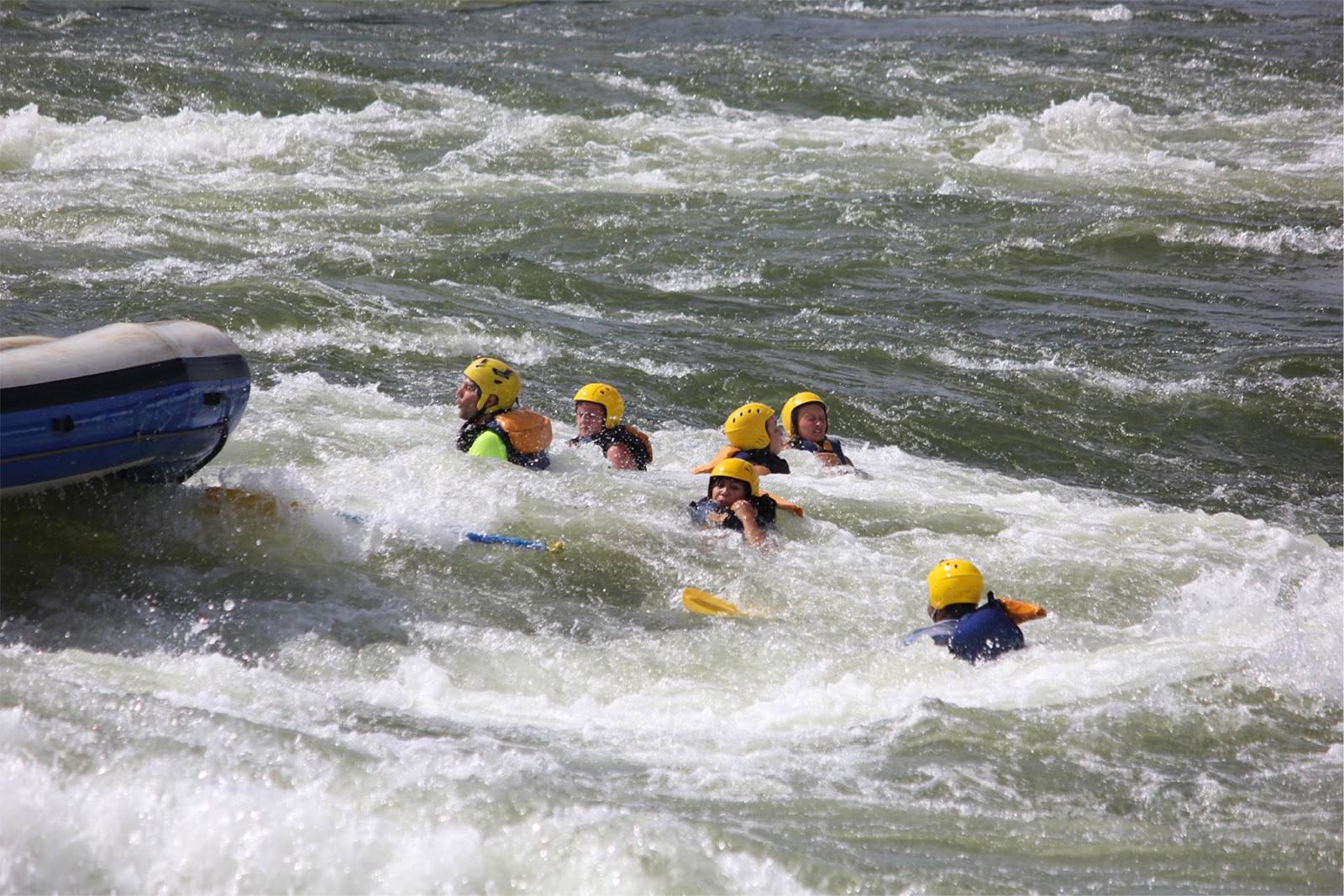
Once our raft was flipped and we were floating downstream, our next step was to help right the boat and get back in, which was no easy task. While Jeff was instrumental in helping to bring the boat back to its proper position, it took a collective effort to ensure that everyone wound up back inside before we hit our next rapid.
Turning off the lights on an existing product is not as easy it sounds. Customers will demand refunds and look to break existing contracts, support staff may be laid off, marketing materials may need to be re-designed for end-of-life-messages instead of promotion, and finance folks need to shift capital into healthier ventures. Make sure you fully understand the impact to your organization's revenue stream, customers, and people, because it’s critical to ensuring a smooth recovery when the raft eventually does flip.
Jason Fried, founder of 37 Signals, recounts his horror story when Basecamp upgraded to a new version, leaving existing customers behind on “classic Basecamp.” Those customers were shocked. It was as though they’d been assigned a new boss and were managing features they’d never seen before. 37 Signals and other SaaS companies have since learned the value of incremental releases, learning from feedback and mistakes.
Conclusion
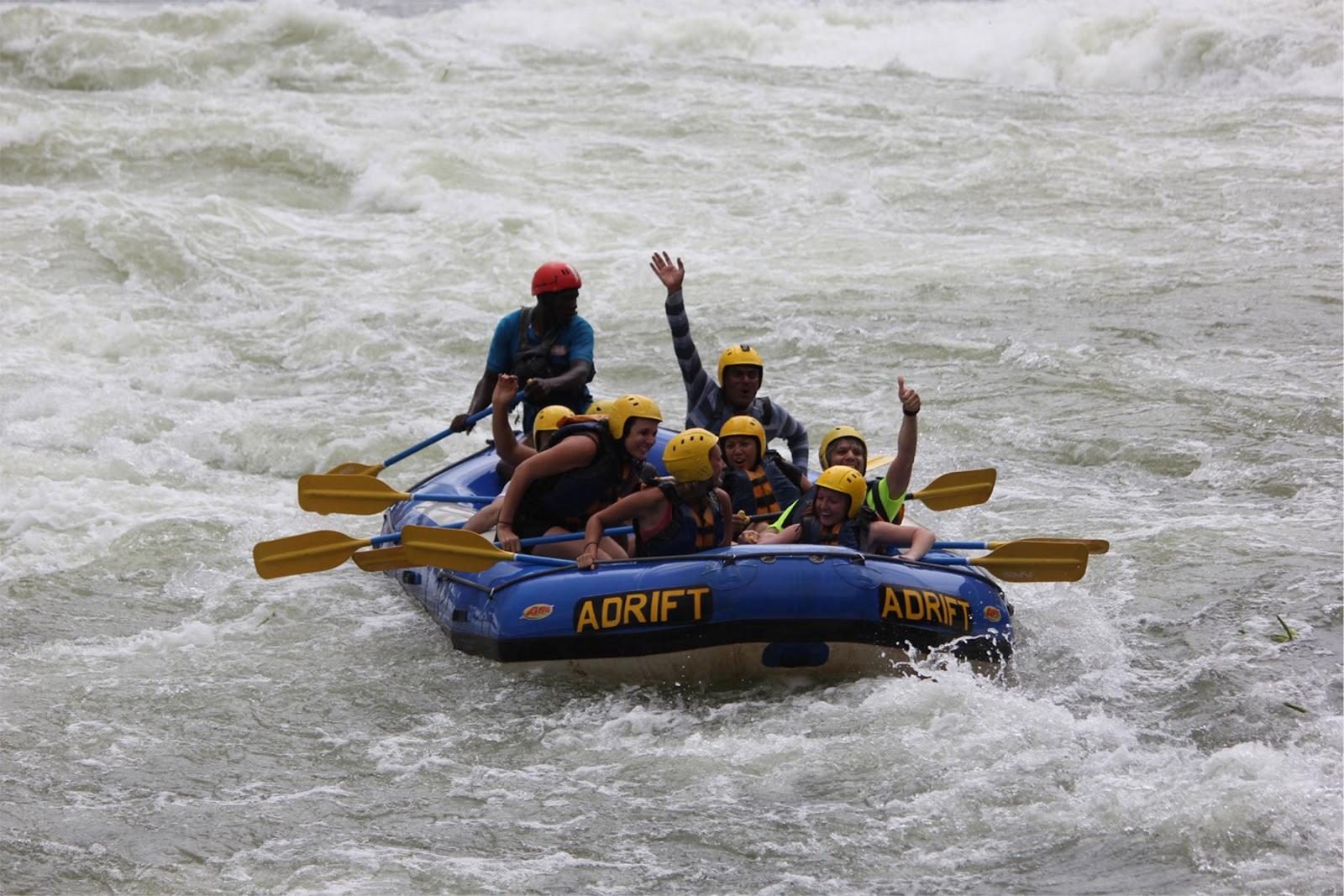
Focusing on doing the right things is at premium these days, so it’s essential that all product managers learn to respect the product life cycle. Killing a product is a serious decision. It means publicly accepting failure, so be dignified in your messaging and leave your users with a forward looking experience as much as possible.
Considering flipping the boat yourself? Here are some great resources:
- The Last Goodbye, Smashing Magazine / How to communicate your shutdown
- Deadpool, TechCrunch / News and examples of companies that have either shut down or closed a product.
- “Killing Your Startup on a Thursday Night,” Lucas Rayala, TechCrunch / An intimate account of the emotional aspects of closing a product.
- “Shutting Down,” Chris Dixon / Dixon talks of why shutting down a product or startup is not the end.
- “How to Close the Books on Your Startup” Nellie Akalp, Mashable / A short guide for those who are closing their company, not just their product.
- “Outdated software can be a monster” Pragmatic Marketing, Short article on retiring products
Disclaimer: The statements and opinions expressed in this article are those of the author(s) and do not necessarily reflect the positions of Thoughtworks.














